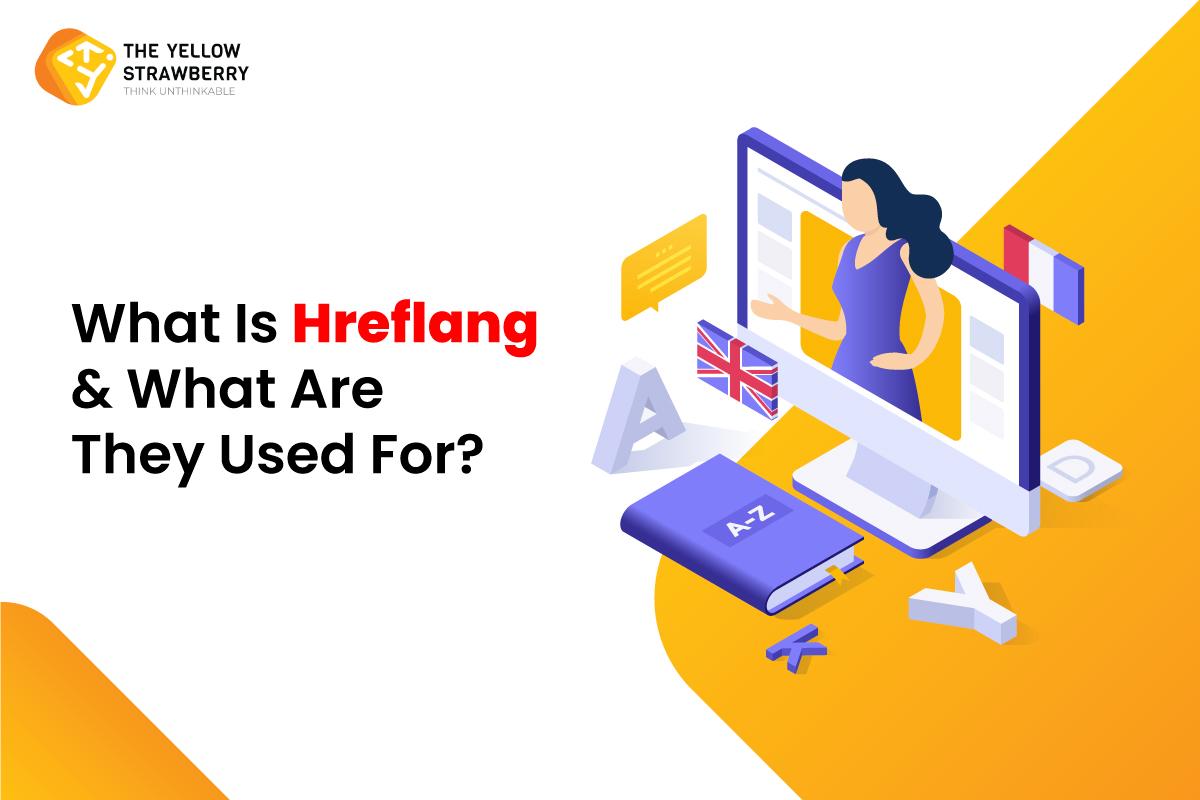Many global websites have content that is in multiple languages or tailored to particular markets. How does Google find the right content for searchers when these web pages are found in Google? Hreflang tags are the answer.
A powerful international SEO strategy is to add hreflang tags. It allows crawlers to understand multiple pages on your website and then promote them accordingly. If you want your website to be internationalized, adding a hreflang tag is a powerful way to increase conversion rates for global visitors that you get from organic search.
This guide will show you how to add a hreflang tag to your pages. We will also discuss the many benefits this powerful technical optimization offers.
Hreflang Basics
Hreflang tags are code snippets that allow web crawlers to find web pages with similar content, but that are specific to different languages and regions. The HTML hreflang tag looks something like this:
<link rel=”alternate” href=”www.domain.com/us/” hreflang=”en-us” />
This code basically tells search engine crawlers this page is the English version. It should therefore be displayed to US searchers.
The hreflang tag below tells search engine crawlers, in Hong Kong, that this page should be displayed to Hong Kong-based searchers.
<link rel=”alternate” href=”www.domain.com/hk/” hreflang=”en-hk” />
Hreflang allows you to communicate the same content in multiple languages or the exact same content but with different target countries. This ensures that anyone in the United States will be directed directly to the English version. A different URL will allow someone from a different country to find the exact same content in their preferred language.
Hreflang, a meta tag that is more advanced than others, requires more work on your website’s backend. These tags are powerful and can help websites expand their market share or global reach.
How Does Hreflang Work?
Google will first decide if it is interested in ranking the URL that you have submitted. Search bots and crawlers then check for any hreflang annotations that are associated with this URL.
Google will then show searchers the URL variant that contains the correct content for their language or geographic region. All factors are taken into consideration, including the current location of searchers and any language settings that they have set on their devices.
These elements can then be used to ensure that the correct version of your website is presented to the correct audience in the appropriate language. Google defaults to the page specified as “x-default” if there is no language-country data specified in the browser’s browser settings.
Why Is Hreflang So Important?
Hreflangs is one of the ranking factors when optimizing and positioning a website on Google. This tag allows crawlers to link between different language versions of the same webpage. Google considers hreflang tags a ranking signal. They enhance SEO by showing the correct language version to specific language users.
Not least, hreflangs do not allow you to duplicate content. Instead of creating pages for different languages on separate domains, you can create one website or an application that indicates the correct version to crawlers.
Why Does Hreflang Matter For SEO?
Keep in mind that hreflang can be a signal and not a directive. There are other factors that could override your tag, causing a different version to rank higher. These are some of the best international SEO practices:
- Linking to local content
- Hosting your site on a local server
- Linking up with local resources
- Connecting to local search engines
Even if you don’t implement these international SEO techniques, hreflang tags are a useful tool for global SEO. It gives search engines a clear signal about which pages are suitable for users in a particular language or region.
What Is rel=”alternate”, and rel=”canonical?” These Are Required When Using Hreflangs.
Search engines will recognize rel=alternate as a URL that has the same content, but with a different format such as a mobile version or language. It indicates that an alternate page exists for a URL.
Rel=canonical tells crawlers that a given URL is a master version of a page. It is the most representative version. This should be used when there are many pages that have similar content, such as e-commerce store pages.
Both tags are necessary for correct hreflang usage and are required for page optimization. The hreflang attribute must match the canonical URL and both must be defined. We have an example of a website that is available in English, Spanish Castilian, and regional Chile. In such cases, the English homepage will be used as the default.
Conclusion :
Whatever domain you choose or URL structure, it is important to indicate to search engines that your site’s language variants aren’t identical. Also, provide suggestions for pages you would like to rank in alternative languages. This gives you more control over the pages you want to rank in your target markets.
Google and other search engines can help you quickly implement the hreflang tags into your HTML or XML sitemap to show the most relevant pages in the target language.
Use of Apple Watch
The watch apps depend on the particular specifics of the user. The maker wants a whole new mindset when making an Apple watch. The watch provides multiple features to the user, for instance:
-
Health Tracker
-
Quick access to details
-
Action rings for regular activities
-
Complete iPhone pairing
-
Complexity is low
In terms of the number of displays, types of users, and the use of sensors, small complexity apps are usually low. Mobile applications typically take between 100-300 hours to build with low complexity.







